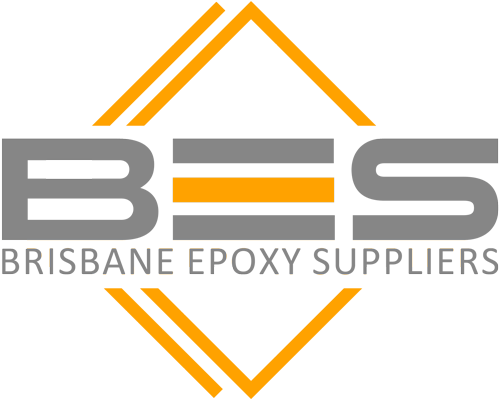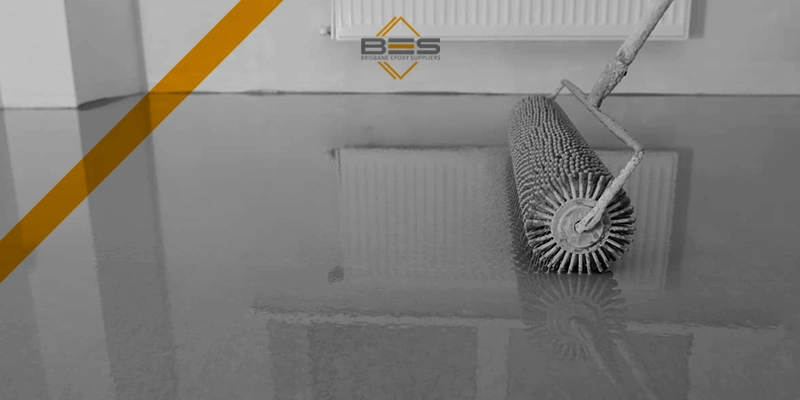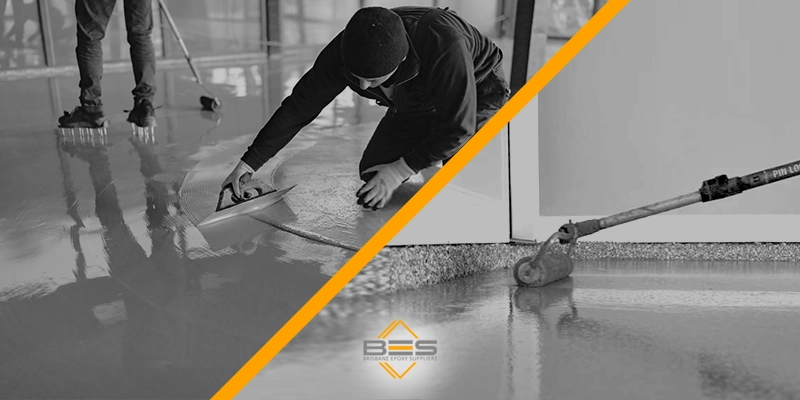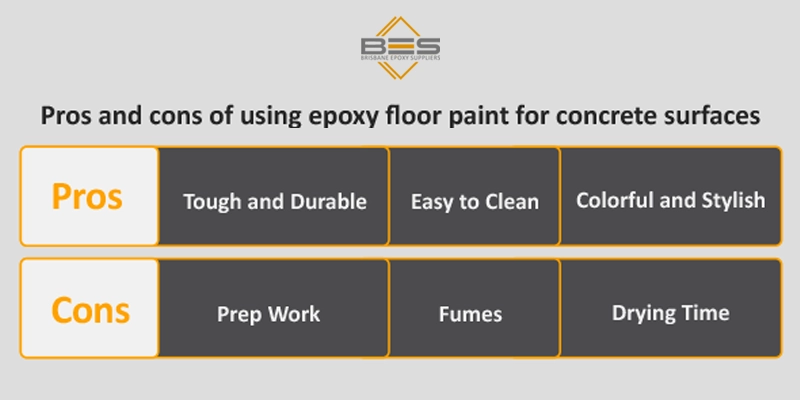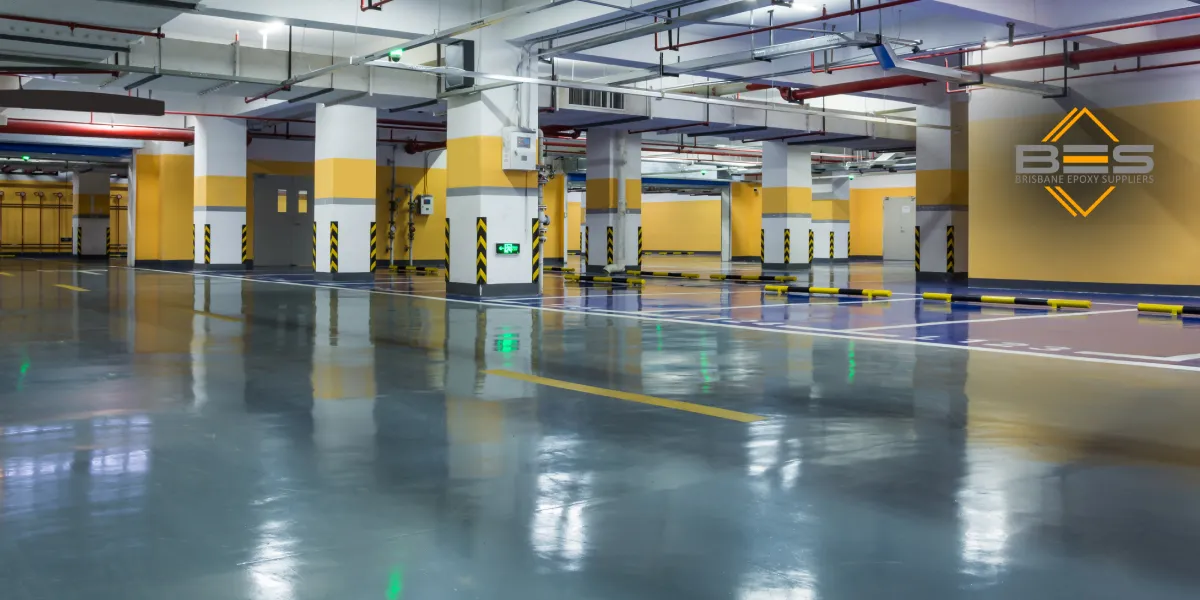What Is Epoxy Paint for Concrete? Benefits, Types & Application Guide
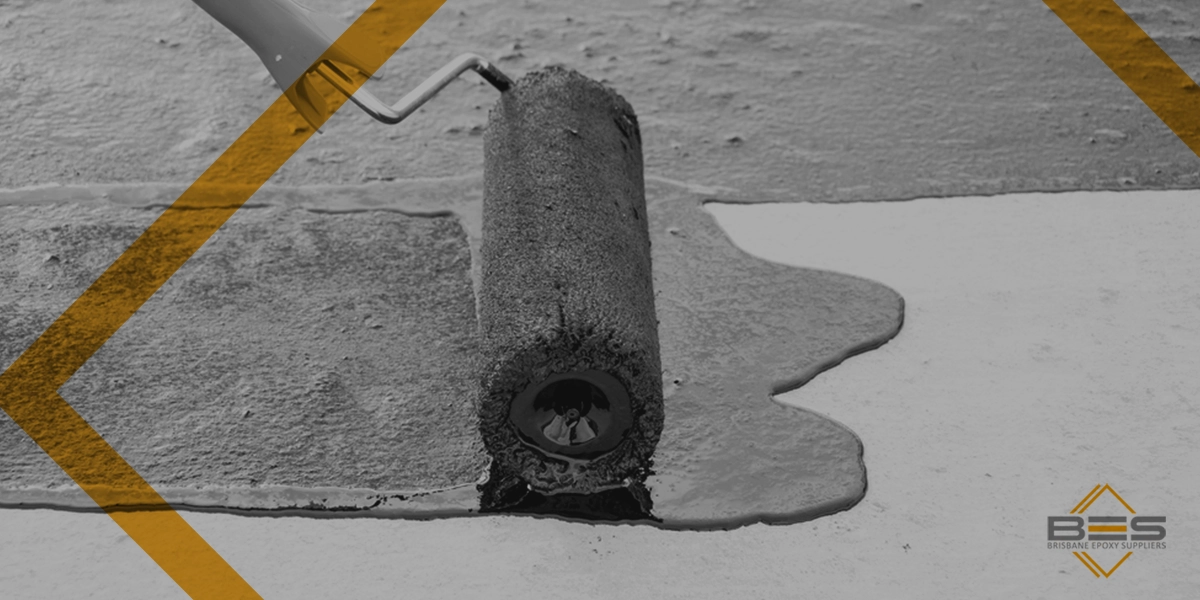
Are you trying to cover and improve your concrete flooring with a durable, strong coating? Maybe the ideal fix is epoxy paint. But, what is epoxy paint for concrete? We shall cover all you need to know about applying epoxy paint on concrete flooring in this extensive guide. For use in homes, businesses, and industry.
Two-part coatings like epoxy paint are composed of a resin and a hardener. These ingredients chemically react together to create a very strong, stiff, plastic-like finish. Epoxy paint’s cross-linking process makes it significantly tougher and more robust than conventional acrylic or latex paints.
Is epoxy paint good for concrete floors?
Concrete flooring would benefit much from epoxy paint’s special qualities:
- Superior adhesion: Epoxy paint forms a strong chemical and mechanical bond with properly prepared concrete, minimizing the risk of chipping, peeling, or hot tire pickup
- Durability: The tough cross-linked structure of epoxy resists abrasion, heavy foot and vehicle traffic, impacts, and wear far better than regular paints
- Chemical resistance: Many epoxy paints can withstand exposure to oil, grease, gasoline, most cleaning agents, and even some acids and solvents
- Easy maintenance: The seamless, non-porous finish of epoxy allows for simple cleaning and resists staining, keeping your floors looking great with minimal upkeep
- Aesthetics: Epoxy paint comes in a wide array of colors and can be combined with decorative chips or quartz for endless customization options to suit your style or branding
- Cost-effective: Due to its long lifespan and durability, an epoxy-painted floor can save you money in the long run compared to repainting with lesser products
What kinds of epoxy paint are used for concrete?
Epoxy paints for concrete come mostly in these primary varieties:
- Solvent-based: These epoxies penetrate bare concrete well but emit strong odors and VOCs during application, requiring substantial ventilation
- Water-based: While not as durable as solvent-based, these epoxies have lower VOCs and are safer to apply indoors or in confined spaces
- 100% solids: Containing no water or solvents, these epoxies cure into an ultra-thick, durable coating, but can be tricky to apply evenly
- Cycloaliphatic: Specially formulated to resist yellowing from UV exposure, making them ideal for exterior or windowed interior concrete
- Novolac: Offers the highest level of chemical and heat resistance for the harshest industrial environments
- Antistatic: Has conductive properties to prevent static electricity buildup, important for electronics manufacturing or munitions facilities
What do I need to know before painting concrete with epoxy?
Keeping these important factors in mind after answering the question What is epoxy paint for concrete, will help you to get the maximum performance and lifetime from your epoxy-painted concrete floors:
Surface preparation is absolutely important
Concrete has to be dry, clean, free of past coatings or sealers. Interference with adherence will come from grease, oils, and other pollutants. To create a strong mechanical bond, the concrete you must profile by diamond grinding, shot blasting, or acid etching.
Epoxy suffers from moisture as its enemy
Before painting, all concrete has to be moisture tested. Epoxy can delaminate depending on moisture vapor transfer. Sometimes painting calls for a vapor barrier epoxy primer before starting.
Temperature and humidity influence curing
Epoxy paint cures most between 50 and 80°F and below 85% relative humidity. Extreme cold or heat can seriously slow down or accelerate curing and affect the final qualities.
Never cut on number or quality
Maximizing durability and performance requires two coats of a premium, commercial-grade epoxy paint applied for a total of 7-10 mils dry film thickness. Trying to save money with thinner coats or lower-grade products will simply cause dissatisfaction.
Think again about the DIY on huge or complex jobs
Painting smaller concrete surfaces yourself is doable, but large floors or intricate designs require the quality work of professionals with the correct equipment, like a Brisbane epoxy supplier. This may be costly in the short run, but it can prevent headaches and guarantee quality.
What are some tips for applying epoxy paint to concrete?
For a flawless, effective epoxy floor project, use these application guidelines:
- Never mix half quantities of epoxy; always combine complete kits. Make sure you completely mix; scrape the pail’s edges and bottom. Before emptying it, let the mixture sit for a few minutes to let bubbles come free.
- First cut in along walls and hard-to-reach spots with a brush and tiny roller. Then evenly cover the floor with ribbons filled with epoxy using a notched squeegee. Backroll with a lint-free 3/8″ nap roller perpendicular to the squeegee lines.
- Always walk on wet epoxy with spiked shoes and maintain a wet edge to it; this will prevent lap marks. Need to be a little fast and systematic so that you can complete the sections before the epoxy actually starts curing.
- Broadcast decorative chips or quartz, as required, into the wet epoxy within 15 minutes of rolling. Toss high and let fall normally to get an even distribution.
- Once the base coat(s) have cured enough to walk on, seal in the chips with a clear top coat of epoxy or polyurethane for a seamless, durable finish.
conclusion
In conclusion, epoxy paint for concrete is a smart and durable solution for enhancing and protecting your floors. With proper surface preparation, the right type of epoxy, and correct application, you can achieve a long-lasting, attractive, and low-maintenance finish. Investing in quality materials and workmanship upfront will ensure the best results for years to come.
